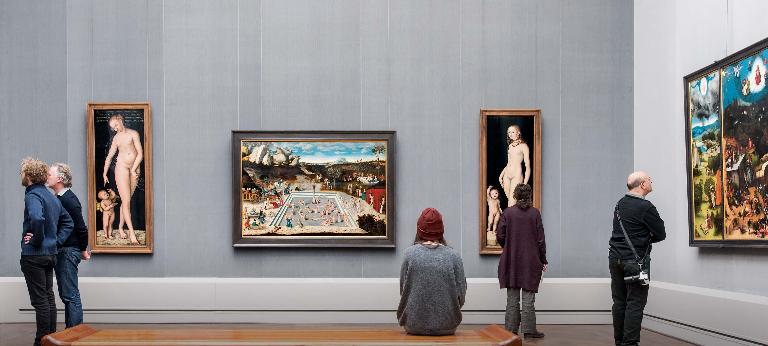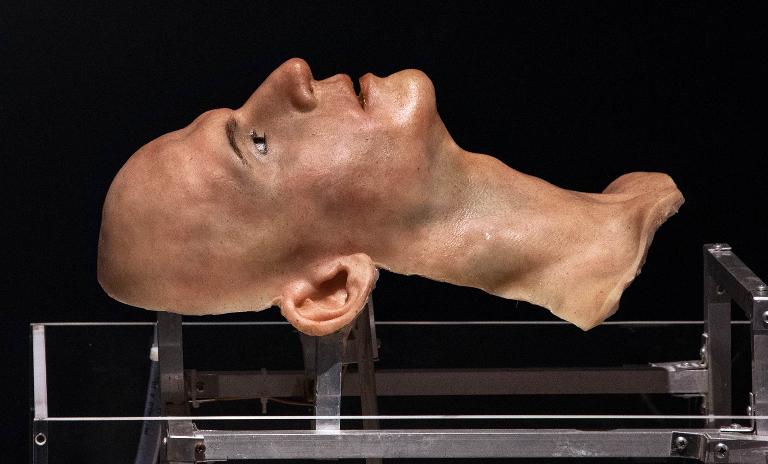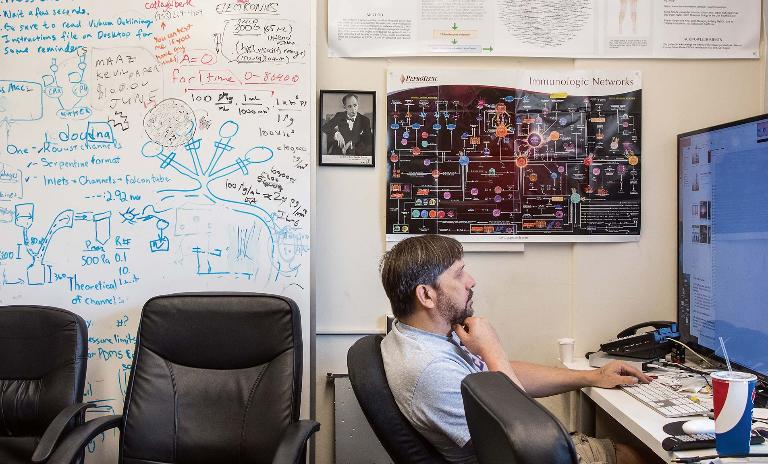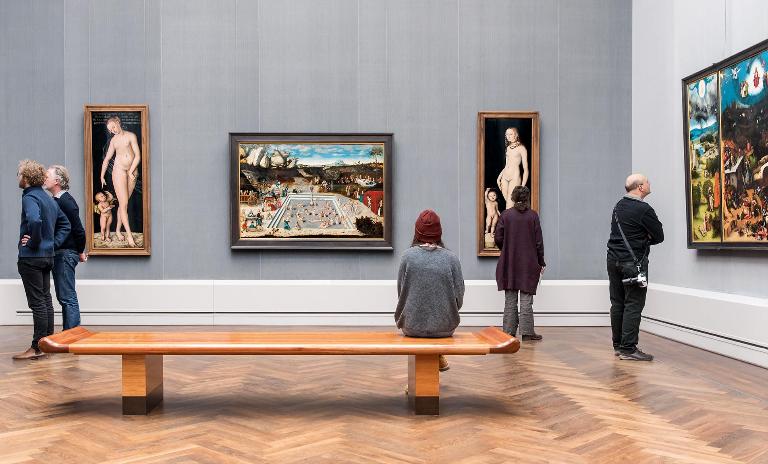How evolution drives success in the digital era
![{[downloads[language].preview]}](https://www.rolandberger.com/publications/publication_image/Think_Act_Magazine_Darwinism_Cover_EN_download_preview.jpg)
Change. Survive. Thrive. What your company needs to know to prosper in the digital age.



One hundred and sixty years after Darwin’s famous tome, the question is not so much how nature shapes us, but whether we can influence our own evolution. That means increasing our years on Earth – and the quality of those years, as well. From the beginning of civilization, mankind has dreamt about immortality, and now with technology some are looking at real ways to extend our life span.

Ogimi village on Japan’s Okinawa is renowned for its high population of centenarians. Some say it’s their diet. But could their longevity be down to the local gene pool?

At the Human+ exhibition at the Science Gallery Dublin, a kinetic sculpture by Donato Piccolo attempted to bring Leonardo da Vinci’s Guerriero back to life.

Cryotherapy, which lowers skin temperature to between 5 and 12 degrees Celsius, claims to activate the body’s regenerative mechanisms. Benefits are said to range from healing arthritis to slowing the signs of aging.

Scientists at California’s Rubedo Life Sciences are working with mice to find if it is possible to eliminate senescent, or aging, cells from a living being. Their targets are to stop the aging of cancer cells and facilitate aging without the associated frailty.

Age-related diseases are at the center of most research into longevity. Steven A. Garan of UC Berkeley, who studies neuroendocrine aging, has spoken about the potential for biomedical science to make an impact within decades.

Some dream of “downloading” our minds into humanoids like Alter, a robot on display at Miraikan, The National Museum of Emerging Science and Innovation in Tokyo. Could man-made bodies be the key to immortality?

Lucas Cranach the Elder’s 1546 painting The Fountain of Youth still enthralls its viewers. The appeal of staying forever young is, it seems, endlessly alluring.
![{[downloads[language].preview]}](https://www.rolandberger.com/publications/publication_image/Think_Act_Magazine_Darwinism_Cover_EN_download_preview.jpg)
Change. Survive. Thrive. What your company needs to know to prosper in the digital age.
Curious about the contents of our newest Think:Act magazine? Receive your very own copy by signing up now! Subscribe here to receive our Think:Act magazine and the latest news from Roland Berger.
